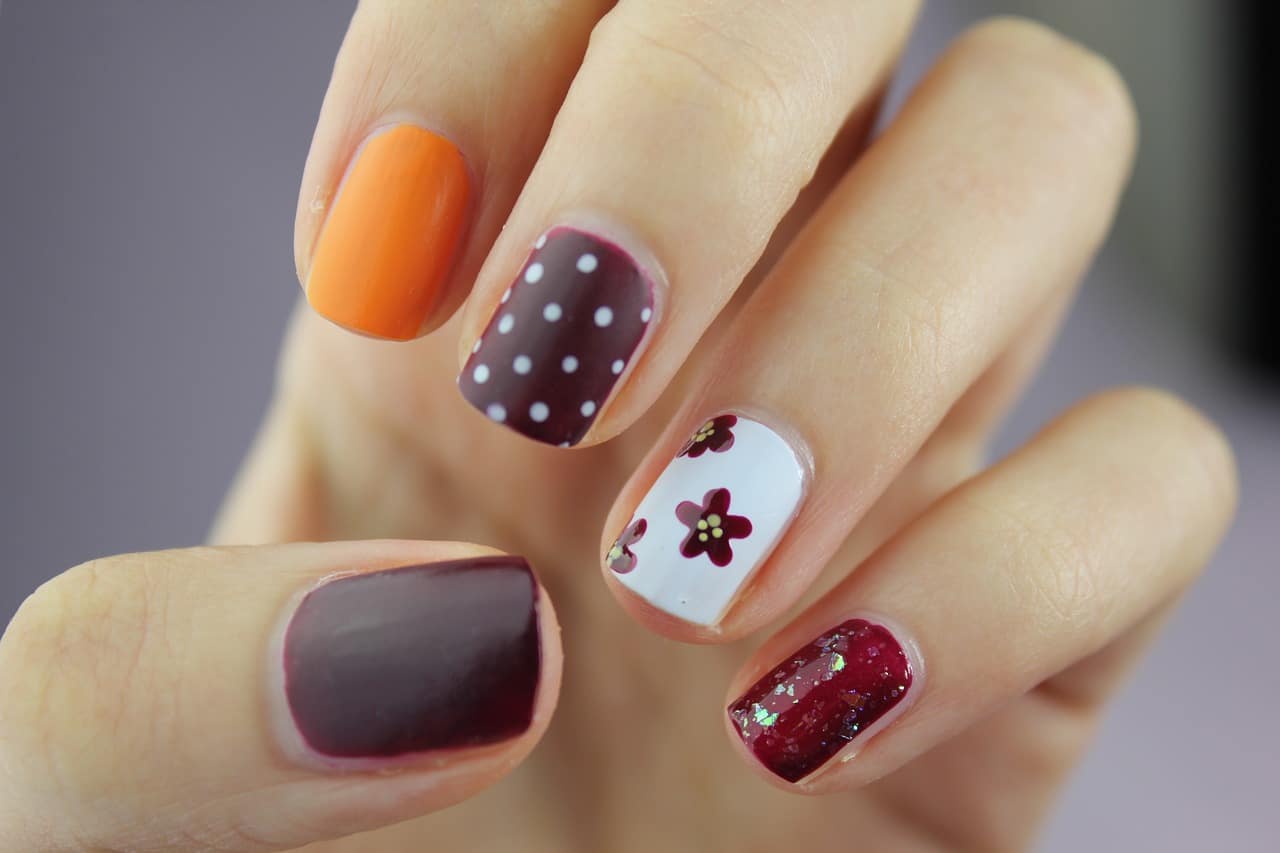When trying to maintain a beauty routine, we focus on taking care of our skin and hair. However, before it dawns on us, the nails also require tending. It shouldn’t be the situation. To maintain your nails strong, healthy, and lustrous and to avoid frequent problems like brittle nails or dryness, nail care is essential.
The hard surface of your nails, made of keratin, protects your finger and toe tips. The top layer of your skin and your hair are both made of the same material as your body. So before you were ever born, your fingernails and toenails already existed. Here is the list of common issues and how to differentiate between good and bad nails.
Common nail issues
Ingrown nails: Your nails are typically pink and healthy, but occasionally they have issues. For example, ingrown nails can hurt and sometimes infect children when the nail curls down and into the skin.
Broken nail: When you catch your finger in a drawer or drop something on your big toe under the nail, there can be a bruise, and occasionally the nail might come out.
Deformed nails: When the nail isn’t smooth, like a healthy nail, this is called nail deformity. This issue can occur in people who frequently bite or pick at their nails, but it can also occur in people with illnesses that affect the nail.
Hangnail: A fingernail with a hangnail has a loose piece of dead skin hanging from the edge. It hurts to peel out hangnails.
Look at the signs for good and bad nails
Pale Nails: Pale fingernails, either partially or totally, are said to have leukonychia. The pale tint may be caused by various factors, including trauma, anemia, nutritional deficiencies, heart or renal problems, or even poisoning.
White Toenail: It is possible that liver issues, such as hepatitis, cause nails that are predominantly white but have darker rims.
Yellow Nails: A fungal infection is the most common factor in the nails’ yellowing. In addition, these nails may be a symptom of thyroid disease, lung disease, diabetes, or psoriasis. However, this only occurs in scarce instances.
Bluish Nails: Fingernails or toenails might indicate a lack of oxygen in the body with a bluish tinge. It may be a sign of a lung condition. In addition, the appearance of bluish nails has been linked to certain heart conditions.
Nails with Ripples: Psoriasis and inflammatory arthritis are conditions that might be indicated by the presence of ripples or pits on the nail’s surface.
Cracked Nails: Thyroid disease has been associated with nails that are dry, brittle, and tend to fracture or split regularly. A fungal infection is most likely the cause of any cracking or splitting accompanied by a yellowish tint.
Puffy Nails: Inflammation, redness, soreness, and swelling of the skin folds and tissues around the nails characterize the chronic illness known as paronychia. In most cases, irritants or allergens are to blame; however, Candida albicans and other infections and psoriasis can also play a role.
Shades of Black Below the Nail: Melanin is to blame for this staining of the nails, which is known as melanonychia. Skin cancer, infections, and injuries are all potential triggers.
Chewing on Nails: Nail biting could be a bad habit, but it could also indicate untreated anxiety. In addition, there is evidence connecting compulsive nail biting or picking to OCD.
How to maintain healthy nails?
Hydrate the cuticles: Hydrating cuticles as part of routine nail care to preserve healthy nails and avoid pushing them back or clipping them, even during a professional manicure.
According to the reputed Spa Royale nail salon in Gainesville FL, “For the skin and toenails on foot, a pedicure serves both therapeutic and cosmetic purposes. Along with trimming and shaping the toenails, the foot’s epidermis is also hydrated and exfoliated.”
Biotin is worth a try: It has been shown that biotin, a Vitamin B helps strengthen and grow nails, she explains. Kleinsmith says she wasn’t born with naturally solid nails but that regularly taking biotin has helped her achieve that look and feel.
Keep your nails tidy: Nail trimming is essential to nail health and prevents nails from being caught or broken. In addition, a fine file can round off the corners of your nails.
Anxiety: Nails and hair are closely associated with one another. Just as hair may fall out due to an illness or a protracted period of stress, so too may nails. Likewise, stress is often blamed for the side-to-side lines on your nails.
Melanoma or moles: One of the most frequent complaints dermatologists hear is about nail color. You should see a dermatologist if the skin under the nail plate becomes brown.
Arthritis: Arthritis may cause small cysts to form close to or on the cuticles. These are benign (not malignant), and a hand surgeon should handle them.
Kidney infection: Acute or chronic renal disease may show up as several nail abnormalities. Rough nails with ridges can exist in people with kidney illnesses.











